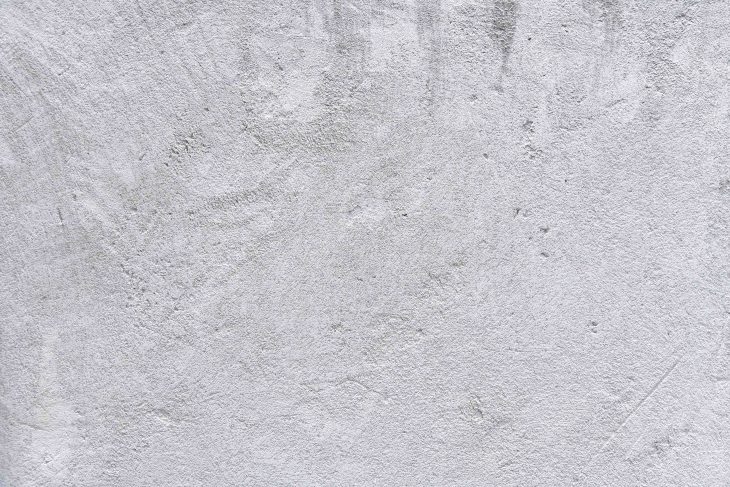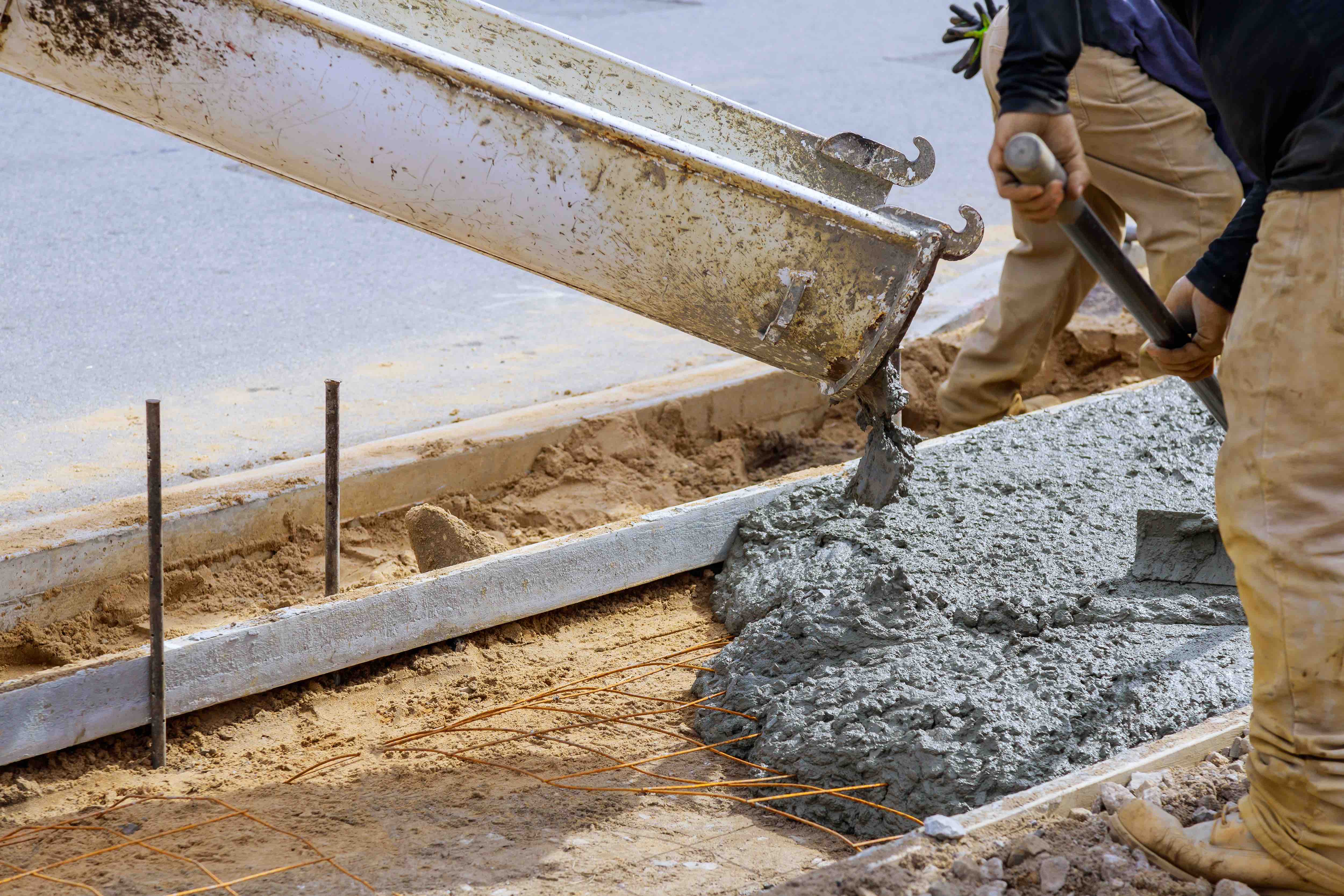
Concrete is an essential material that has shaped our modern world in remarkable ways. In this comprehensive article, we will uncover 16 intriguing facts about concrete, delving into its history, composition, applications, and remarkable properties. From ancient civilizations to cutting-edge technologies, join us on a journey to discover the fascinating world of concrete.
Concrete: From Ancient Origins to Modern Marvels
Concrete has been used by civilizations for thousands of years, with evidence of its usage found in ancient Egypt, Greece, and Rome. The word “concrete” is derived from the Latin word “concretus,” meaning “grown together” or “hardened.”
The Basic Ingredients of Concrete
Concrete consists of a mixture of cement, aggregates (such as sand and gravel), water, and sometimes additives. Cement acts as the binder that holds the aggregates together, creating a solid and durable material.
Types of Concrete
There are several types of concrete used in construction, including:
- Regular Concrete: The most common type, consisting of cement, aggregates, water, and additives.
- Reinforced Concrete: Incorporates steel reinforcement bars or mesh to enhance strength and durability.
- Pre-stressed Concrete: Features pre-tensioned steel cables or rods to counteract potential stresses and improve load-bearing capacity.
- Lightweight Concrete: Contains lightweight aggregates to reduce the overall weight of the concrete.
- High-performance Concrete: Engineered to have exceptional strength, durability, and resistance to various environmental factors.
The Rise of Portland Cement
Portland cement, the most commonly used type of cement in modern construction, was invented in the 19th century and revolutionized the industry.
Versatility of Concrete
Concrete is an incredibly versatile material that can be molded into various shapes and forms, making it suitable for a wide range of applications.
Reinforced Concrete: Adding Strength and Durability

Reinforced concrete combines the compressive strength of concrete with the tensile strength of steel reinforcement, creating a robust and durable construction material.
Iconic Concrete Structures
Concrete has been used to construct iconic structures around the world, including the Hoover Dam, the Burj Khalifa, and the Panama Canal.
Concrete’s Contribution to Sustainable Construction
Concrete is considered a sustainable material due to its longevity, recyclability, and ability to contribute to energy-efficient buildings.
The Science Behind Concrete Strength
Concrete gains strength over time through a process called hydration, where the cement reacts with water to form a solid matrix.
Concrete’s Impressive Fire Resistance
Concrete is highly resistant to fire, providing a safe and reliable building material for structures that require fire protection.
Concrete in Transportation Infrastructure
Concrete plays a crucial role in transportation infrastructure, such as roads, bridges, and tunnels, due to its durability and load-bearing capacity.
Decorative Concrete: Unleashing Creativity
Decorative concrete techniques, including staining, stamping, and polishing, allow for aesthetically pleasing and customized finishes in architectural design.
Self-Healing Concrete: A Game Changer
Self-healing concrete has the ability to repair cracks and damage autonomously, increasing the lifespan and durability of structures.
The Role of Concrete in Sustainable Urbanization

Concrete plays a vital role in sustainable urban development, providing durable and resilient solutions for housing, infrastructure, and public spaces.
The Concrete Revolution: 3D Printing
3D printing technology is revolutionizing the construction industry by enabling the fabrication of complex concrete structures with precision and efficiency.
The Future of Concrete: Innovation and Advancements
Ongoing research and development are driving advancements in concrete technology, including the use of alternative materials and carbon-neutral production methods.
Final Thoughts
Concrete is an integral part of our built environment, offering strength, versatility, and sustainability. From its ancient origins to its innovative future, the world of concrete continues to evolve and inspire. By exploring these 15 concrete facts, we hope to have deepened your appreciation for this remarkable material.
Frequently Asked Questions (FAQs)
How long does it take for concrete to cure?
The curing time for concrete can vary depending on factors such as temperature, humidity, and the specific concrete mix. Generally, concrete reaches its initial set within a few hours but continues to gain strength over time. It is recommended to allow concrete to cure for at least 28 days to reach its maximum strength.
What are the main types of concrete?
The main types of concrete used in construction include plain concrete, reinforced concrete, precast concrete, and lightweight concrete.
Can concrete be recycled?
Yes, concrete can be recycled. When concrete structures or pavement are demolished, the crushed concrete can be reused as aggregate in new concrete mixes. This process helps to reduce waste and conserve natural resources. Recycled concrete can also be used as a base material for roads and sidewalks.
Is concrete a sustainable material?
Concrete has several sustainable qualities. It is durable, long-lasting, and requires minimal maintenance. Additionally, concrete can be made with recycled materials, such as fly ash and slag, reducing the need for virgin resources. However, the production of cement, a key component of concrete, does generate carbon dioxide emissions. Efforts are being made to develop more sustainable alternatives, such as low-carbon cement and carbon capture technologies.
How is the strength of concrete tested?
The strength of concrete is commonly tested using compression tests. Cylindrical or cube-shaped samples are prepared and subjected to gradually increasing compressive loads until they fail. The maximum load the sample can withstand before failure is measured and used to determine the concrete’s compressive strength. This test helps ensure that the concrete meets the required strength specifications for construction purposes.
Was this page helpful?
Our commitment to delivering trustworthy and engaging content is at the heart of what we do. Each fact on our site is contributed by real users like you, bringing a wealth of diverse insights and information. To ensure the highest standards of accuracy and reliability, our dedicated editors meticulously review each submission. This process guarantees that the facts we share are not only fascinating but also credible. Trust in our commitment to quality and authenticity as you explore and learn with us.


